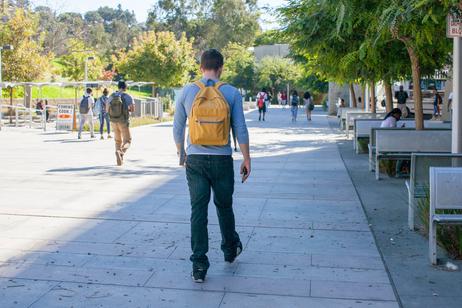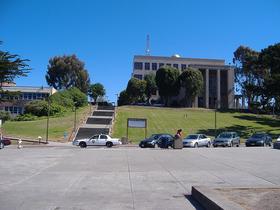Enrollment has been growing by exponential numbers at many community colleges across the country, as an economic slowdown and high unemployment rates have sent many adults back to school in search of training. Then in 2020, the COVID pandemic turned the education scene at every level upside down. Community colleges nationwide experience significant drops in enrollment. Most colleges switched from in-person classes to online classes.
Stabilizing Enrollment Still Features High Numbers
While community college enrollment may be stabilizing, the number of students in community college today versus four years ago is still much higher.
“It’s not that enrollment is down,” Kent Phillipe, senior research associate for the American Association of Community Colleges told Inside Higher Ed. “It has essentially stopped growing.”
Phillipe explained that community college enrollments have “stabilized at a high number,” indicating that although growth may be slowing, there are still record numbers of students at community college campuses across the nation. In some ways, the stabilization may ease the strain on community colleges that have been struggling to find ways to accommodate more students every year. The job has been particularly challenging in light of the many state budget cuts that have resulted in less state funding to the very schools that are trying to ramp up their programs to meet the increasing enrollment needs.
“When rising enrollments maxed out their classrooms and swamped their registration systems, community colleges had to be creative and find solutions,” Walter G. Bumphus, president, and


















